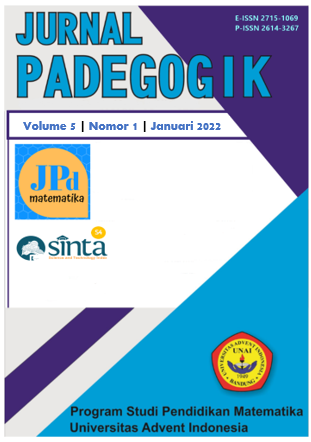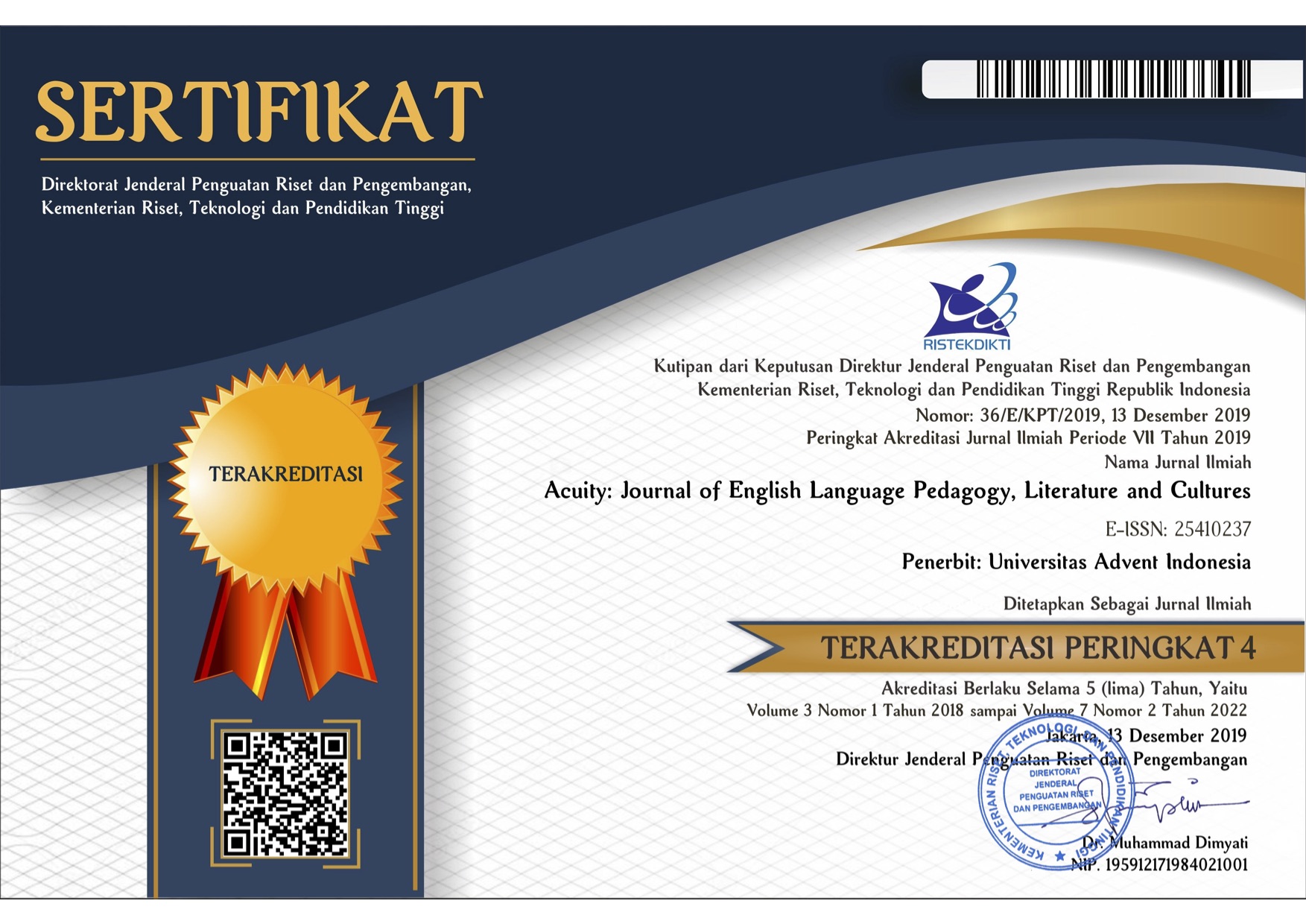ANALYSIS OF STUDENTS' MATHEMATICAL PROBLEM-SOLVING ABILITY BASED ON LITTAUER PERSONALITY TYPES
Keywords:
Mathematical Problem Solving Ability, Personality Type, PolyaAbstract
This study discusses the most dominant personality types at low, medium,
and high levels of ability in mathematical problems and to describe students'
problem-solving abilities in solving mathematical problems in SPLTV material
based on the type appropriate to Littauer. This type of research is a descriptive study
of qualitative research. The subjects in this study were 12 students from class X MIA 2 and X MIA 3 SMA Negeri 1 Parongpong. Data collection in the form of written
tests and interviews. The results showed the most dominant personality type for each
level of mathematical ability is phlegmatic. At a high level of mathematical ability,
most of each type of student's ability can do every step of solving Polya problems
well. At the moderate level of mathematical ability, each student's personality type
can question the problem well, most students of each personality type have not been
able to make a complete problem-solving plan, and are not careful in working on the
problem, at the last stage of each type of student can be seen again his work At a low
level of ability, students of each personality type are not able to make problemsolving plans well and correct the difficulty of solving problems, at the installation
check only students with sanguine and choleric personality types need to return to
work.
Downloads
References
Akhbar, Dkk (2018). Analisis Kemampuan Pemecahan Masalah Dan Disposisi Matematik Siswa Kelas XI SMA Putra Juang Dalam Materi Peluang. Journal Cendekia: Jurnal Pendidikan Matematika, 2, 1, 144-153.
Andayani, Dkk. (2019). Analisis Kemampuan Pemecahan Masalah Matematis Siswa SMK Pada Materi Trigonometri. Journal On Education, 1, 236-2
Arikunto. (2012). Dasar-dasar Evaluasi Pendidikan. Jakarta: Bumi Aksara.
Depdiknas. (2006). Kurikulum Ringkat Satuan Pendidikan (KTSP). Jakarta: Departemen Pendidikan Nasional.
Fatmawati, I. Dan Khabibah, S. (2019). Profil Siswa SMP Dalam Memecahkan Masalah Matematika Ditinjau Dari Tipe Kepribadian. Jurnal Ilmiah Pendidikan Matematika, 8, 328-337.
Fitria, C. Dan Siswono, T. Y. E. (2014). Profil Keterampilan Berpikir Kreatif Siswa Dalam Memecahkan Masalah Matematika Ditinjau Dari Tipe Kepribadian (Sanguins, Koleris, Melankolis, Dan Plegmatis). Jurnal Ilmiah Penddikan Matematika, 3, 23-32.
Kamilia, Dkk. (2018). Analisis Level Berpikir Siswa Berdasarkan Taksonomi Solo Dalam Menyelesaikan Soal Cerita SPLDV Ditinjau Dari Tipe Kepribadian Florance Littauer. Kadikma, 9
Lestari, W. D. (2019). Kemampuan Pemecahan Masalah Siswa Dalam Menyelesaikan Soal Cerita Aljabar Ditinjau Dari Perbedaan Gender. Surakarta: Universitas Muhammadiyah Surakarta. (Skripsi).
Musriandi, R. (2013). Model Pembelajaran Matematika Tipe Group Investigation Untuk Meningkatkan Kemampuan Pemecahan Masalah Matematis Dan Self-Concept Siswa MTs. Bandung: Universitas Pendidikan Indonesia. (Thesis).
Mutohharoh, F. N. (2019). Profil Pemecahan Masalah Sistem Persamaan Linear Tiga Variabel (Spltv) Siswa Ditinjau Dari Kemampuan Matematika Kelas X MAN 3 Blitar Tahun Ajaran 2018/2019. Tulungagung: Institut Agama Islam Negeri (Iain) Tulungagung. (Skripsi).
Shadiq, F. (2009). Kemahiran Matematika. Yogyakarta: Depdiknas.

Downloads
Published
How to Cite
Issue
Section
License
Copyright (c) 2022 Jurnal Padegogik

This work is licensed under a Creative Commons Attribution-NonCommercial-ShareAlike 4.0 International License.
The submitting author warrants that
- The submission is original and that she/he is the author of the submission together with the named co-authors; to the extend the submission incorporates text passages, figures, data, or other material from the work of others, the submitting author has obtained any necessary permission.
- Articles in this journal are published under the Creative Commons Share-Alike Attribution Licence (CC-BY-SA What does this mean?). This is to get more legal certainty about what readers can do with published articles, and thus a wider dissemination and archiving, which in turn makes publishing with this journal more valuable for you, the authors.
- By submitting an article the author grants to this journal the non-exclusive right to publish it. The author retains the copyright and the publishing rights for his article without any restrictions.







